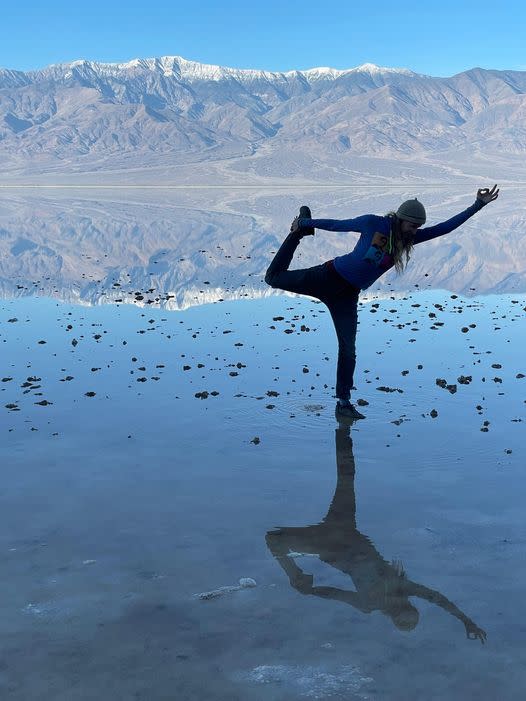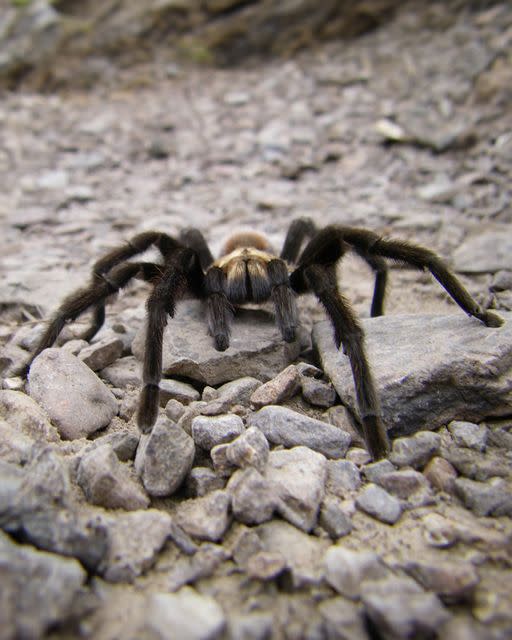UPDATE: Power restored after 3-day outage at Death Valley National Park
LAS VEGAS (KLAS) — Power was restored Tuesday morning in Death Valley National Park three days after an outage that started on Dec. 23. Park officials said cell towers were down, electric vehicles had to be towed and water had to be trucked during the extended outage.
The cause of the 65-hour outage hasn’t been disclosed, according to Abby Wines, a spokesperson at the park.
And while Death Valley is regarded as a good place to “get off the grid,” Wines said the situation was serious, interrupting emergency communications and posing a threat to the park’s ability to fight fires. It was also a problem for people driving electric cars in the park.
“We know of eight Teslas that had to be towed,” Wines said.
Fuel for gasoline-powered vehicles is still a concern, and officials advise motorists to fill up before coming into the park.
Devastation in Death Valley as photos show flood damage; park to reopen in stages over weeks ahead
A Facebook post on Dec. 23 initially reported the outage, saying power and cell phones had been out since Saturday afternoon. An update on Christmas Day said the power company had been unable to find the problem.
Power remained out at Furnace Creek Inn just after 10 a.m. on Tuesday, but it came back before noon — along with cell service. The pool at the resort hadn’t been reopened yet.
Wines said the power company hasn’t said yet what caused the outage. “The cell towers didn’t work, so there was no way to call in an emergency,” she said.
On top of that, the park’s water system had some challenges. A backup generator at Cow Creek kept water available at employee housing, but facilities at Furnace Creek Inn and Stovepipe Wells became a problem as the outage continued. Wells said water was being trucked from Furnace Creek to Stovepipe Wells until power was restored.
If there had been a fire at Stovepipe Wells, firefighting capabilities were limited, Wines said. And Furnace Creek was about a day away from the same situation, she said.
The park is a popular place to visit in the winter, and visitors are getting more access to parts of the park that had been shut off since flooding wiped out roads in the aftermath of Hurricane Hilary. More than a year’s worth of rain fell in a single day — Aug. 20, 2023 — as remnants of the hurricane moved north through California and Nevada. Park roads began to reopen on Oct. 15. On Saturday, Death Valley opened 95 miles of roads including routes to Ubehebe Crater and Racetrack Road. The full list of Saturday’s reopenings:
North Highway
Ubehebe Crater Road
Old Stovepipe Well Road
Lower end of Titus Canyon Road
Racetrack Road
Lippincott Road
Hidden Valley Road
Lost Burro Mine Road
White Top Mountain Road

In addition to the familiar attractions in the park, visitors have been drawn to a temporary lake in Badwater Basin. “Lake Manly” won’t last forever, but it is currently providing photo opportunities for park visitors.
The park has been gradually reopening main roads and backcountry roads, but visitors should check Death Valley’s website for the latest map of roads that are open.
60 miles of backcountry roads reopen at Death Valley National Park
A Facebook post on Tuesday advised visitors to be careful of wildlife crossing roads.
“Due to our recent closure from flood damage, wildlife such as tarantulas, desert tortoises, kit foxes and bighorn sheep have become accustomed to fewer vehicles in the park and may not be as cautious when crossing roads,” according to the National Park Service.

“As you are planning your trip to Death Valley, we advise budgeting extra drive time to visit park locations. Please help us protect wildlife by being alert and driving slowly (like a tortoise)! Additionally, expect reduced speed limits and traffic delays due to ongoing roadwork as crews continue to repair damaged sections of road.”
For the latest news, weather, sports, and streaming video, head to KLAS.
